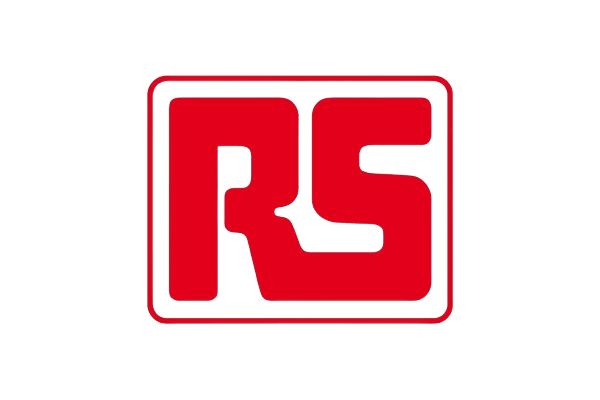Introduction
Failure Mode and Effects Analysis (FMEA) is a process to identify potential causes of failures and their effects on the system, and to identify the most effective ways of preventing them. FMEA can be used at many different levels; from product design all the way up to process design. It’s also one of the most effective ways to ensure that your physical assets deliver maximum value. The goal of FMEA is not only to find the root cause of failures but also to prevent them from happening altogether.
What is Failure Mode & Effects Analysis (FMEA)
A Failure Mode and Effects Analysis (FMEA) is a systematic way of identifying potential failures, their causes, and their effects. It allows you to identify critical failure modes and perform risk analysis on them to determine how to minimise the risk of failure.
By analysing all possible ways that a product or process could fail, it gives you a clear picture of what needs improvement so that you can prioritise your efforts to reduce risk in the most effective way possible.
What is a failure mode?
A failure mode is a specific way in which a system or component can fail. A failure mode can be the result of a specific cause, such as human error during manufacturing or field operations. The effect of a failure mode on the system or component is known as its effect consequence and can be grouped into categories such as performance loss, safety hazard, maintenance difficulty and so on.
The cause of a failure mode (also called root causes) are often classified into types that describe how they happen: design defects; manufacturing defects; field errors (made by end users).
What is FMECA?
FMECA adds critical detail to the FMEA process by not only identifying potential failure modes, but also investigating and isolating any potential failure through a series of actions. Essentially, FMEA assigns a severity level, and FMECA goes deeper into providing accurate results, along with ranking failures in terms of criticality.
Why do FMECA analysis?
The goal of performing a failure mode and effects analysis (FMECA) is to:
- Identify the system.
- Identify potential failure modes.
- Identify potential effects of failure modes.
- Determine severity for each effect (high, medium, low).
- Prioritise effects of failure modes.
- Determinate which failures are most likely to occur (probability).
- Evaluate existing control measures for each failure mode that can be eliminated or reduced in severity (control measure analysis).
- Create a criticality-prioritised plan to remove or reduce risk by implementing countermeasures that reduce the likelihood and/or severity of possible failures, as well as identifying improvement opportunities for the product or process being analysed.
What are the benefits of FMECA?
FMECA is an excellent tool for improving product reliability, reducing costs, and enhancing customer satisfaction. Some of the key benefits of FMECA analysis are given below:
- Identify and prioritise risk: FMECA helps identify potential safety hazards or problems that could lead to costly downtime and outages. It also helps prioritise the most critical areas of the assets base for improvement based asset reliability management techniques.
- Improve product reliability: By identifying all potential failure modes for a given part or system in your design, you can then determine how likely it is that a failure will occur (based on its Risk Priority Number “RPN”), what the severity of that failure would be if it did occur (based on its Severity “S” rating), and what actions are necessary to prevent this failure from occurring (using mitigations).
- Reduce costs: The identification process itself may reveal opportunities to reduce manufacturing costs by substituting materials with lower production costs or purchasing components from different suppliers who offer better service levels at reduced prices compared with current suppliers’ offerings.
Who should perform FMECA?
FMECA can be performed by anyone on the team that is responsible for the asset, service or process. Typically it’s performed by engineers and technicians who are familiar with the design and operation of the asset. However, it’s best if one person leads this effort as they will need to make sure that everyone involved has input into the FMECA process.
For small projects with limited complexity, an engineer or technician may perform FMECA alone; however as project size increases and complexity increases (i.e., more components are included) it becomes difficult for one person to effectively manage all aspects of a large project. In these cases, multiple people should be assigned responsibility for different aspects of FMECA analysis including:
- Team Leader: Provides overall direction and leadership on performance of each phase of FMECA (perform risk assessment; create failure mode scenarios; conduct failure mode effects analysis)
- Risk Assessor: Conducts risk assessment activities including identification and ranking risks based on probability/severity rating system provided in step 1
When should we do FMECA?
FMECA is a great tool to use during the design phase when developing new products. It’s also a good practice to conduct an FMECA on a product after it has been modified, updated or repaired.
When you’re designing something new, you need to think about what could go wrong with your product before it goes into production. Will someone be able to use it? Will they find it easy or difficult? Answering these questions can help prevent problems from occurring later on down the line – and save valuable time and money for everyone involved.
How to run an effective failure mode and effect analysis
Failure mode and effects analysis is a tool used to identify potential failures and their negative effects. By identifying these issues, you can make changes to prevent them or minimise the damage they cause.
How to implement FMECA to enrich your Quality Management System (QMS)
An FMECA process is a structured approach to failure analysis. It helps identify potential problems, prevent failures and improve quality. FMECA can be used at any stage in the product development or service delivery lifecycle, from initial concept design through to final manufacture or delivery.
FMECA enables you to:
- Identify potential failures of your products and services
- Prevent failures from happening (for example, with better training)
- Improve your processes (for example, by identifying which areas are underperforming)
Conclusion
FMECA is a great way to improve your quality management system (QMS). It allows you to identify potential risks and mitigates them before they become issues. FMECA can help ensure that the design of any new product or process will meet its intended purpose without compromising quality.
We hope you enjoyed this article on how to achieve optimal asset reliability. We hope you found it useful, and if you have any questions don’t hesitate to contact us at enquiries@optimal.world. Thank you for reading, and we look forward to hearing from you!

















